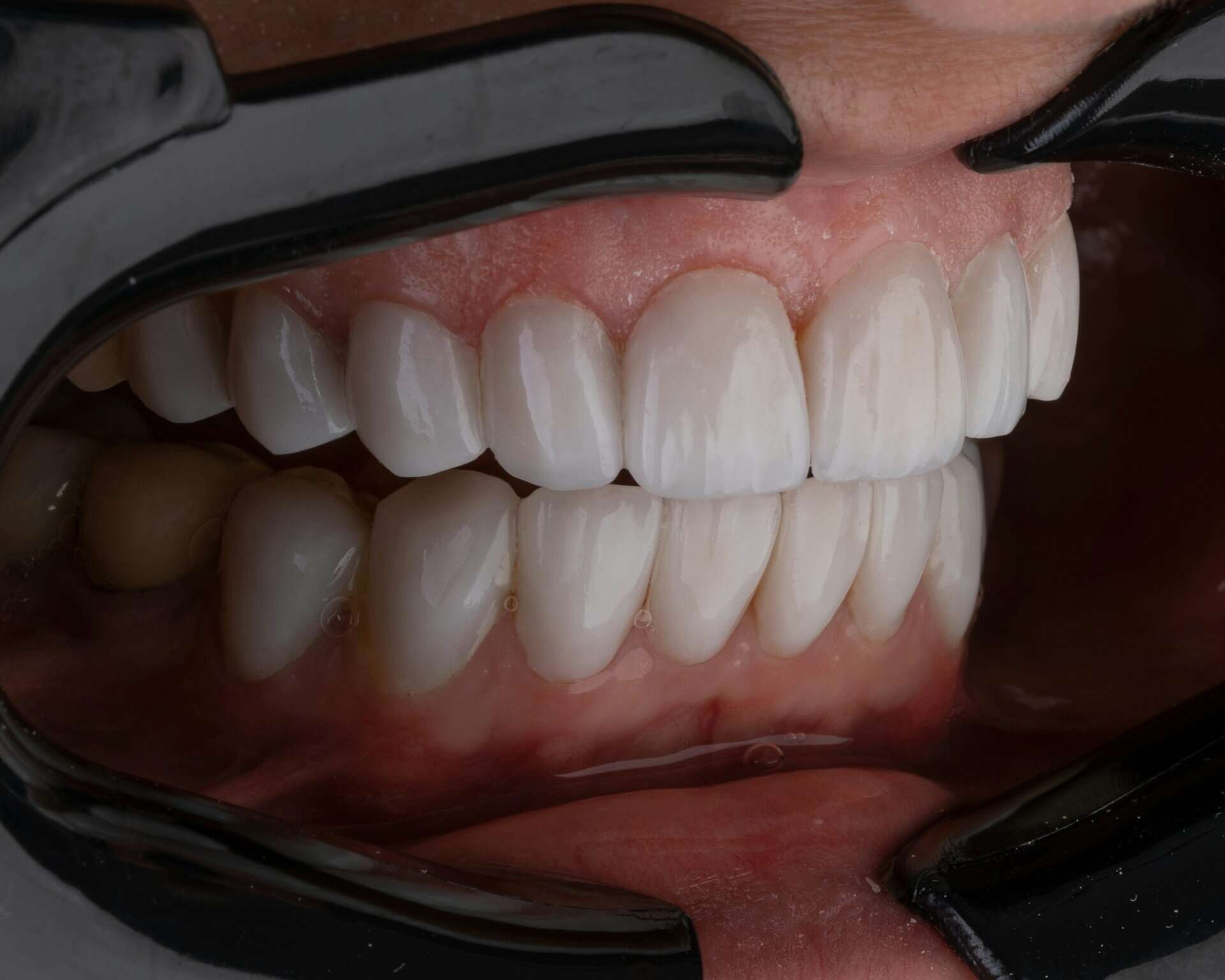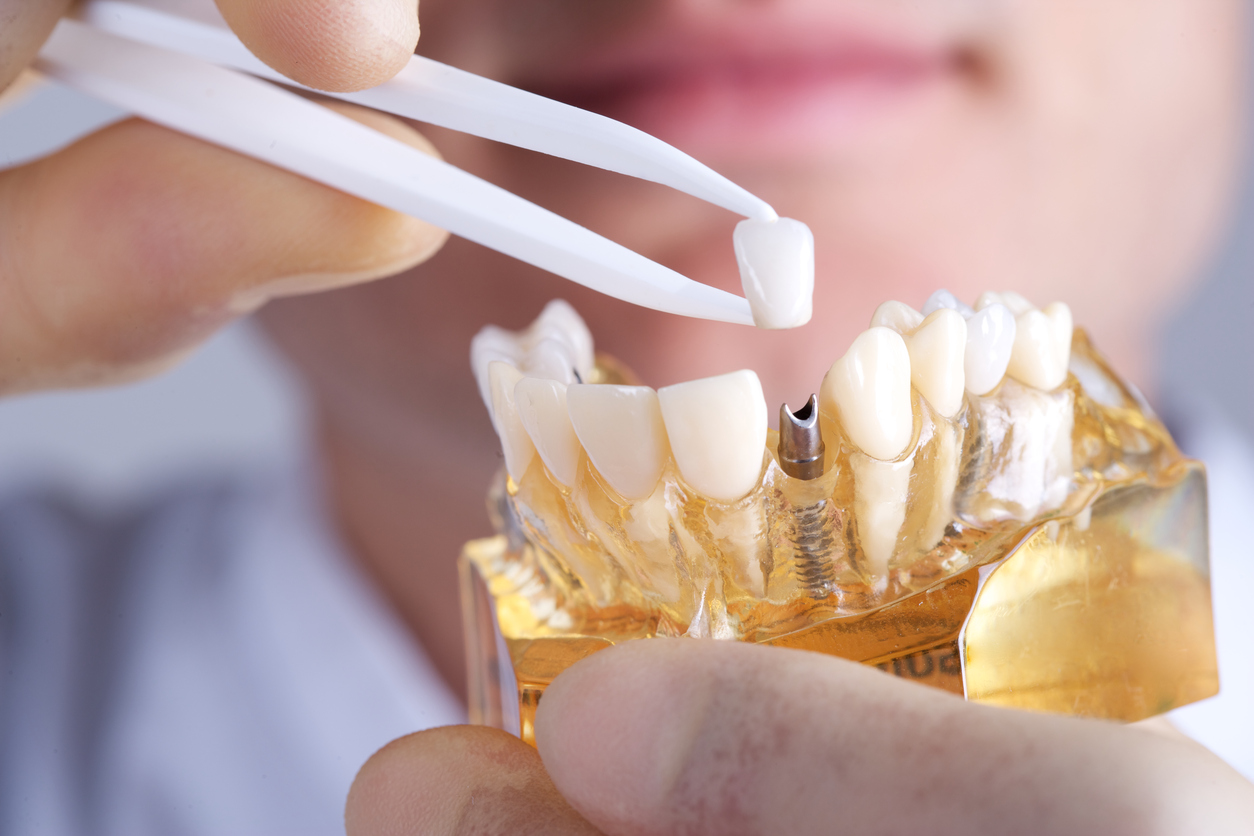Dental implants are a great way to restore missing teeth. They look natural, feel stable, and help keep your bite even and your smile strong. But just like natural teeth, they need regular care and attention to stay in good shape. Ignoring changes in the way your implant feels or brushing off early signs of irritation can lead to bigger problems down the line.
That’s why it’s important to pay attention to warning signs that something may be off. When a dental implant starts to feel different or causes discomfort, it’s usually your body’s way of letting you know something’s wrong. Knowing what to watch for can help you get ahead of those issues before they turn into something more noticeable or painful.
Persistent Pain or Discomfort
Dental implants might feel unfamiliar at first, especially right after surgery. Mild soreness is normal during the healing phase, and it should gradually improve. But if pain sticks around longer than expected, or suddenly shows up months or even years later, that’s a reason to pause and check in with a dentist. Long-term discomfort isn’t part of the process.
Here are a few common causes of ongoing pain related to implants:
1. Infection at the implant site, which can irritate the gums and cause swelling
2. Implant rejection, when the body doesn’t accept the artificial root
3. Issues with surrounding bone not properly supporting the implant
4. Too much pressure from grinding teeth or misaligned bite forces
The pain might show up as a steady ache, sharp twinges, or a dull throbbing feeling in or around the area. It could also feel worse when chewing or touching the implant. Some people describe it as feeling like their implant is bruised or just not settled right.
If that sort of discomfort doesn’t ease up after a short time, it means something beneath the surface isn’t right. Pain is usually the body’s way of waving a red flag.
Gum Inflammation or Recession
Healthy gums are essential for holding your implant securely in place. If the tissue around an implant becomes red, swollen, or bleeds when brushing, those are signs of inflammation. Swelling or sensitivity in the gums might be linked to poor cleaning, trapped food, or early infection.
In other cases, you may start to notice that your gums are slowly pulling away from your implant. This is called gum recession, and it can expose the metal post underneath. That exposure can look and feel unpleasant and may even lead to the implant becoming loose.
Some things to watch for with your gums include:
1. Redness or puffiness that doesn’t go away
2. Gumline pulling back near the implant
3. Weird taste from the implant area
4. Bleeding when brushing
Sometimes the inflammation is caused by everyday plaque buildup, which is why daily cleaning and regular dental visits matter so much. Other times it’s a sign of something deeper, like peri-implantitis, an infection that can lead to implant failure if not treated.
It helps to keep an eye on any changes you see or feel around your implant. Healthy gums should feel smooth and snug. If you notice any shift from that, it’s a clue that something might need attention sooner rather than later.
Loose Implant or Movement
An implant should feel just like a natural tooth once it heals. If it feels like it wiggles or shifts around when you bite or press on it, that isn’t normal. A secure dental implant is anchored in the jawbone, so any movement could point to a bigger problem below the surface.
Movement might be caused by:
1. Bone loss around the implant, reducing stability
2. A failed connection between the implant and the bone
3. Poor placement or heavy pressure from adjacent teeth
4. Gum disease that impacts surrounding tissues
It’s easy to ignore slight wobbling, especially if there’s no pain, but waiting will only let the issue grow worse. The implant might become fully loose over time, and the fix could become more complex. Some people notice movement when biting into harder foods, while others feel it when cleaning with dental floss or a water flosser.
If something doesn’t feel solid, it’s worth getting checked quickly. That small shift can be the first and only sign that there’s a breakdown happening around the implant.
Difficulty in Chewing or Biting
Dental implants are designed so that you can enjoy your favorite foods without worry. When chewing or biting becomes uncomfortable or awkward, it means something’s out of line. Whether it’s a weird pressure on one side or pain every time you bite into something firm, don’t ignore the change.
This type of discomfort can be caused by:
1. A shift in how the implant lines up with your other teeth
2. Bite imbalances that create uneven stress
3. Loosening of the crown or abutment over time
4. Jawbone changes that affect the implant’s position
For example, if you use your back teeth more but the implant is placed closer to the front, it may start to feel off-center or unstable. You might start avoiding that side when chewing, stretching other parts of your jaw and creating more bite issues.
It’s easy to assume the problem will sort itself out, but a misaligned bite or irritated implant area won’t just resolve without help. A quick check from a dental professional can make a huge difference in how comfortable and functional your implant feels long-term.
Visible Implant Post or Structural Changes
Your implant post should stay hidden under healthy gum tissue. If you can see a sliver of metal or the outline of the post through the gums, something has shifted. That could mean gum recession or even bone loss around the implant.
Some other changes to watch out for include:
1. Gaps between the crown and gumline
2. Soreness near the exposed part of the implant
3. Unnatural-looking shape or tilt in the crown
4. Odd spacing between teeth around the implant
These types of changes often start subtly. You might catch them while flossing or when checking your smile in the mirror. What once looked and felt natural now seems a bit off. Sometimes the crown looks longer than it used to, which is a hint that the gums have pulled back.
Spotting any changes like that, even if there’s no pain, is reason to follow up. Long-term success of dental implants depends on solid gum and bone support, and visible structure means something might be wearing away beneath the surface.
Helping Your Dental Implants Last with Anderson Dental
Dental implants can be a long-lasting way to rebuild your smile, but they still need care just like your natural teeth. The red flags we’ve talked about aren’t meant to scare you, but to help you stay aware. Spotting pain, gum changes, or mobility early gives you a better shot at preserving your implant.
Even small signs like unusual pressure or off-center chewing deserve attention. They can be early clues that your implant or surrounding area needs a little help. Brushing, flossing, and regular cleanings are helpful, but professional check-ins are where real issues are caught and corrected before they get complicated.
If you live in Phoenix and have dental implants, staying aware of your oral health will go a long way. A consistent routine, good hygiene, and attention to what your body tells you is the best way to make sure your implant keeps doing its job for years to come. It’s not just about how it looks. It’s how it feels and functions every day.
If you’re noticing any signs like pain or movement in your dental implants, it might be time to take action. Learn how Anderson Dental can help restore your comfort and confidence with expert care for dental implants in Phoenix. Our team is here to keep your smile healthy and secure for years to come.




